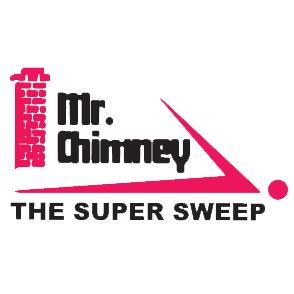Chimney sweeping no longer works as it did in the 17th century, when sweeps would go into the chimney itself. Today, chimney sweeping is done from the inside using wire brushes and long fiberglass rods. A sophisticated vacuum system then removes the chimney debris.
It’s important to remember that allowing creosote and other toxic chemicals found in smoke to accumulate in your chimney can let carbon monoxide seep into your home. Since this gas is considered a silent killer, it’s wise to ensure a professional sweeps your chimney regularly.
Although aged firewood and pressed logs manufactured for use in a fireplace are safe to use, other materials may pose a fire hazard or contain chemical compounds that might cause flare ups and even respiratory problems.
If you're using wood fires to heat your home, or even cook, hardwoods burn hotter and longer. Soft woods have more spark and smell and burn faster. Just remember, for every cord of wood you burn, have your chimney cleaned.
Creosote is a built-up deposit in your chimney that can be difficult to remove and often requires a thorough scraping. However, this part of the cleaning process is critical, as it is the primary cause of dangerous chimney fires.
We recognize that not everyone uses their fireplace frequently enough to be overly concerned about creosote build up. Even if you aren’t worried about fire safety, it’s still a good idea to have your chimney swept before the summer to ensure it doesn’t fill your home with a strong chimney aroma.

